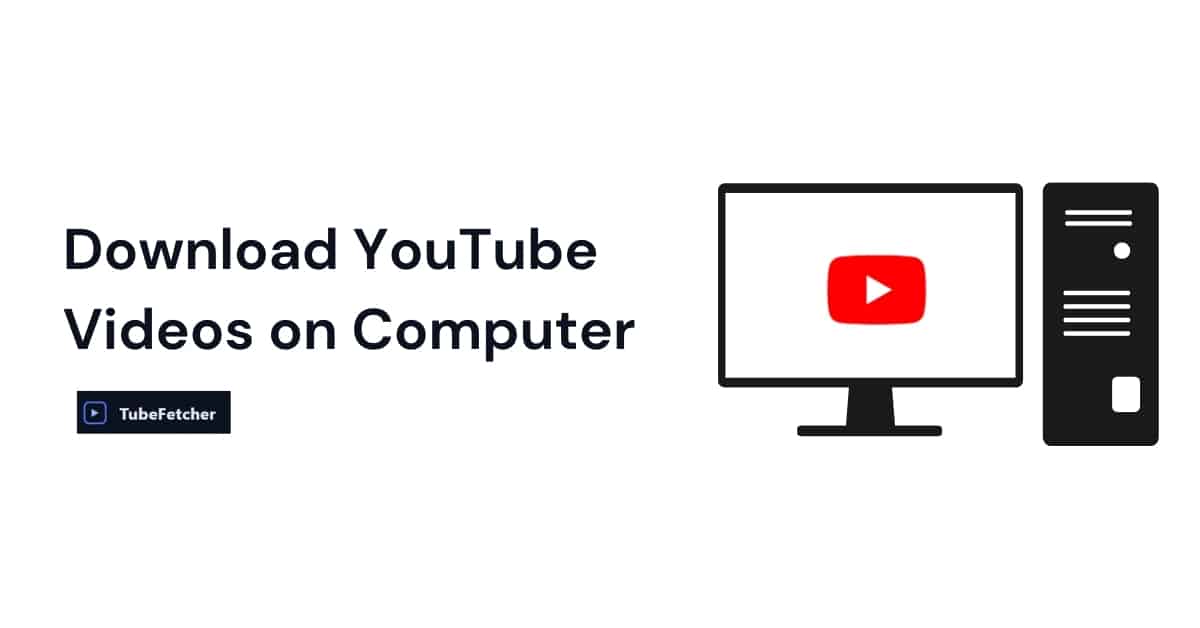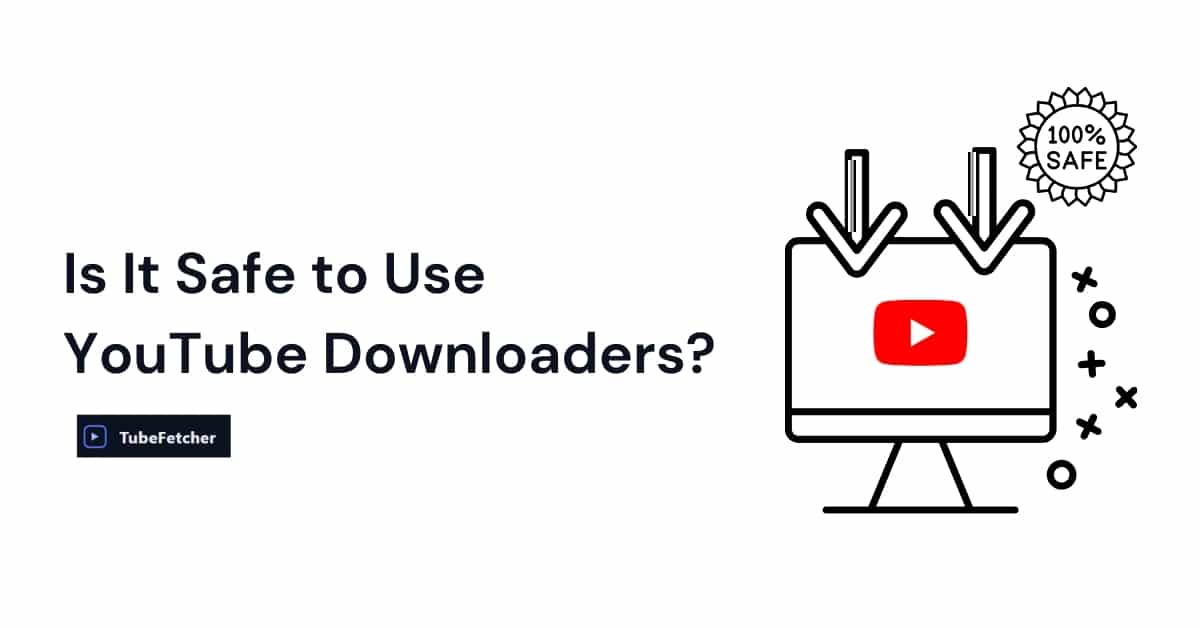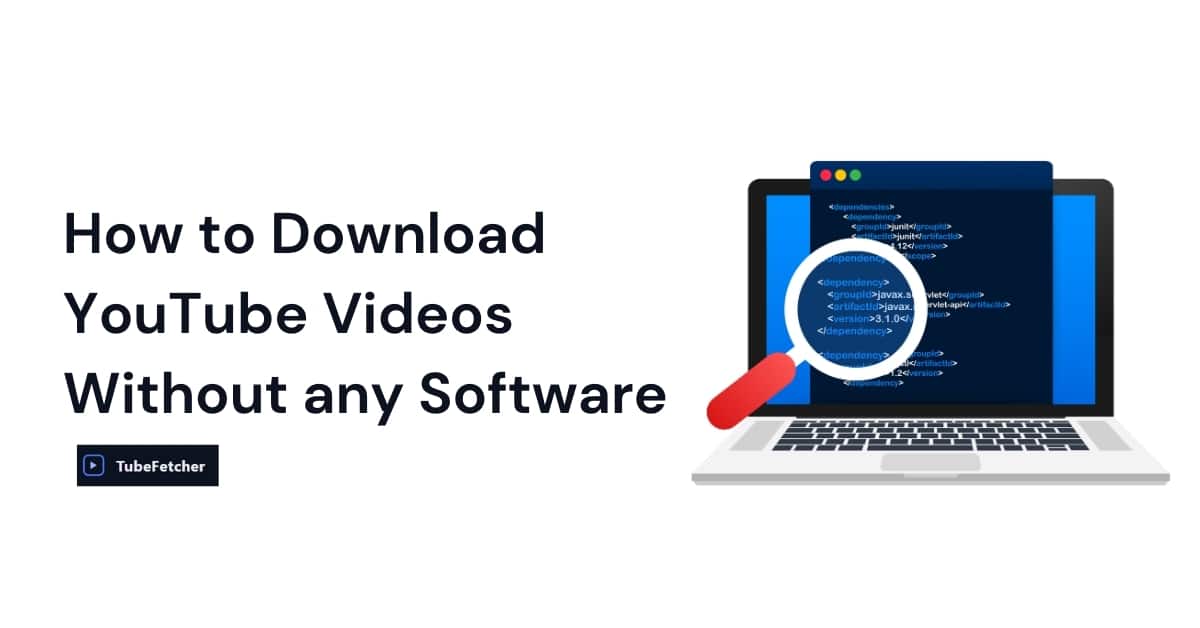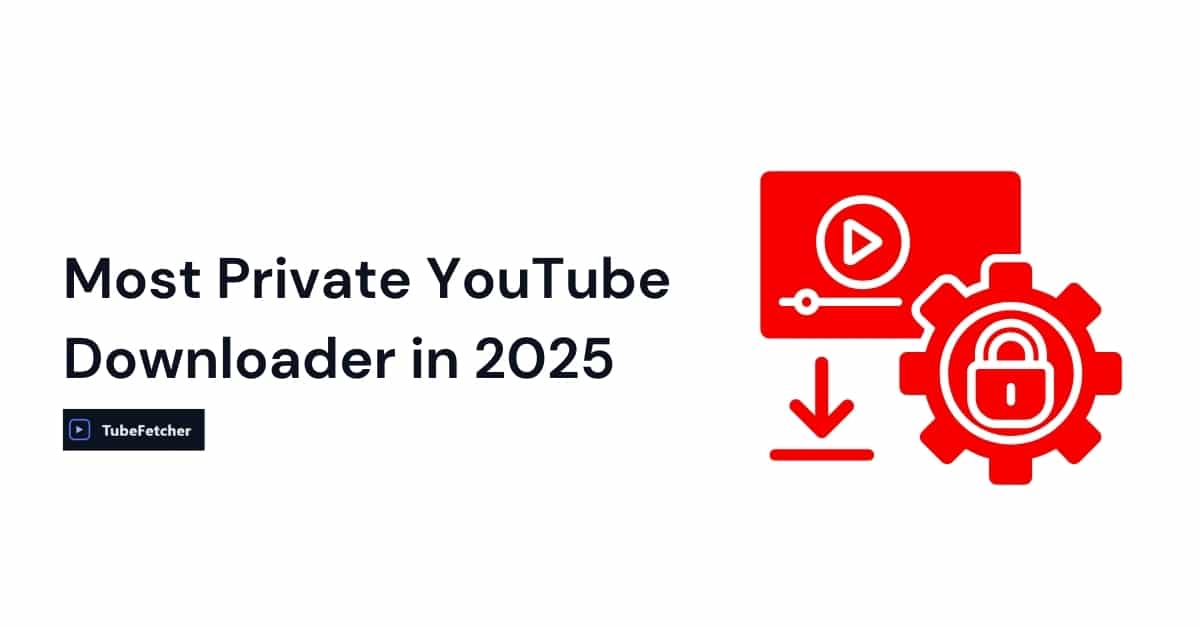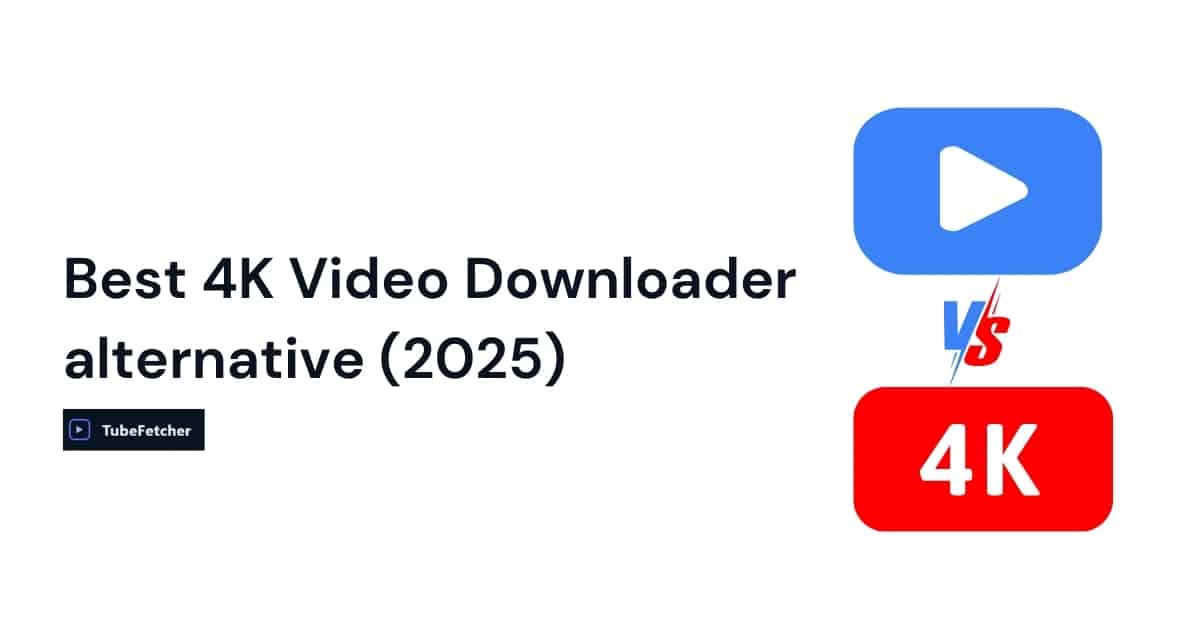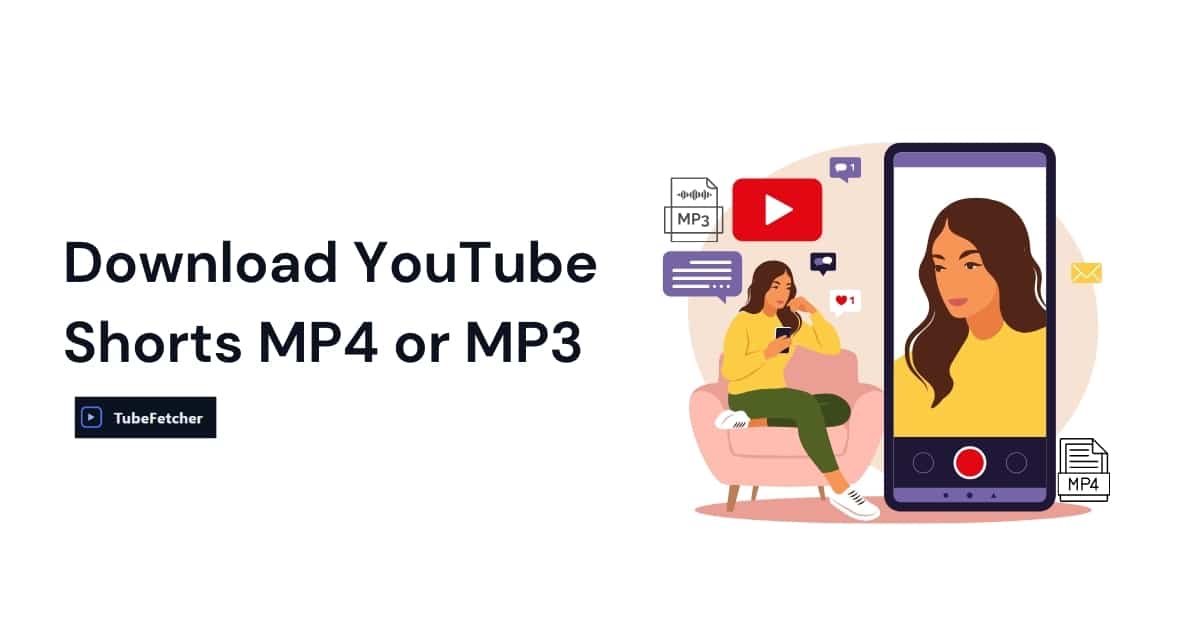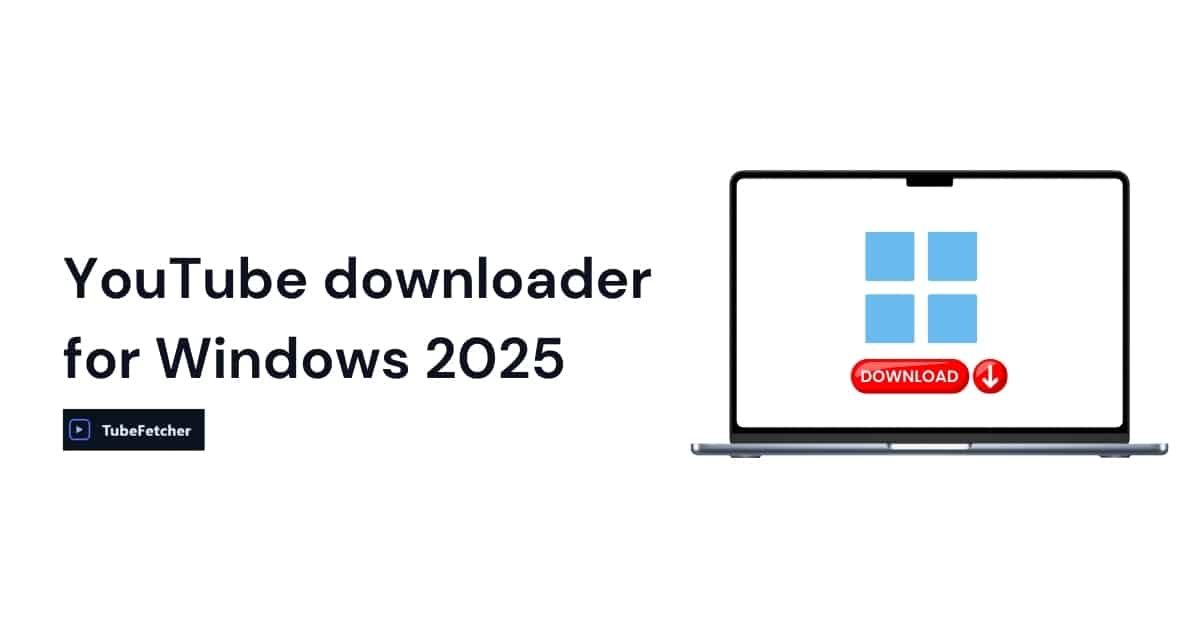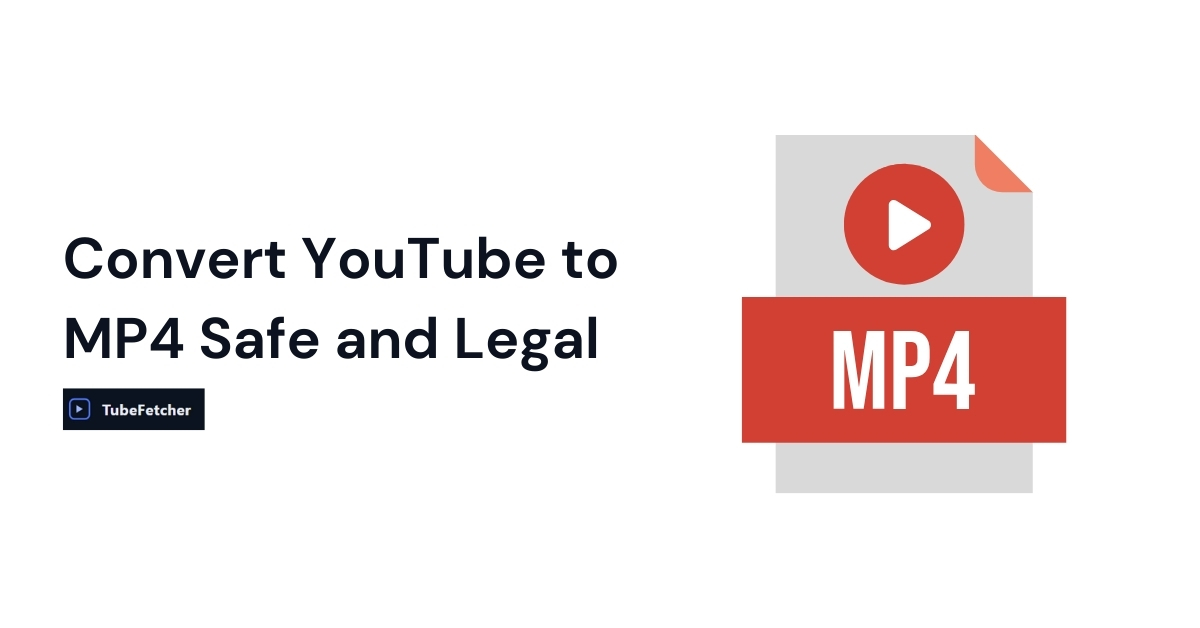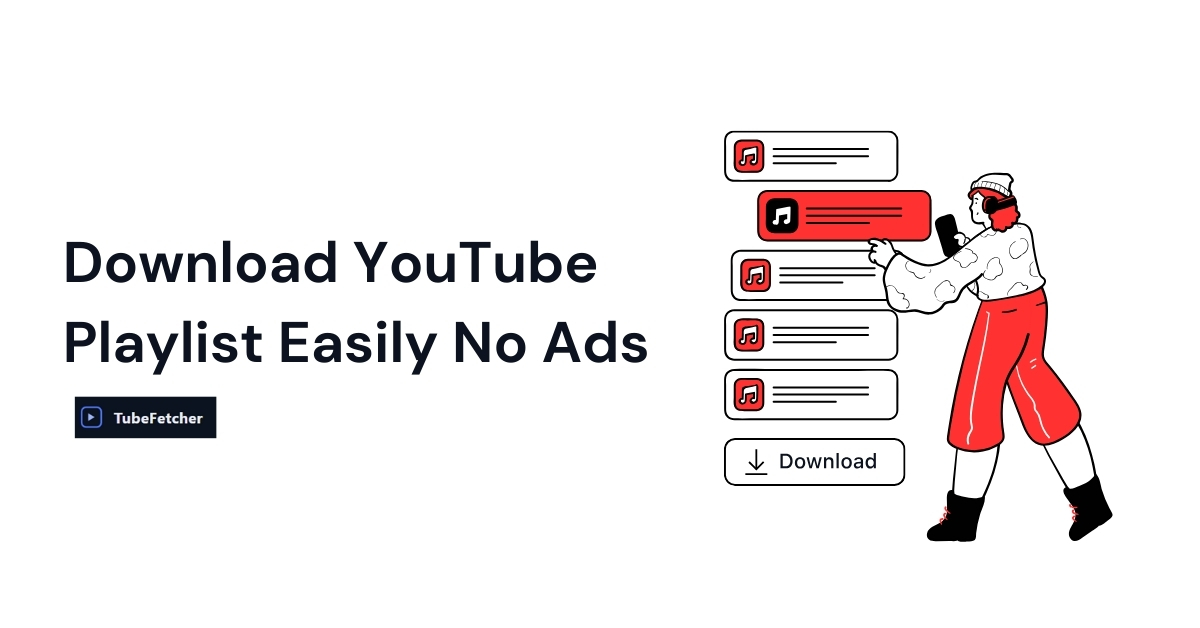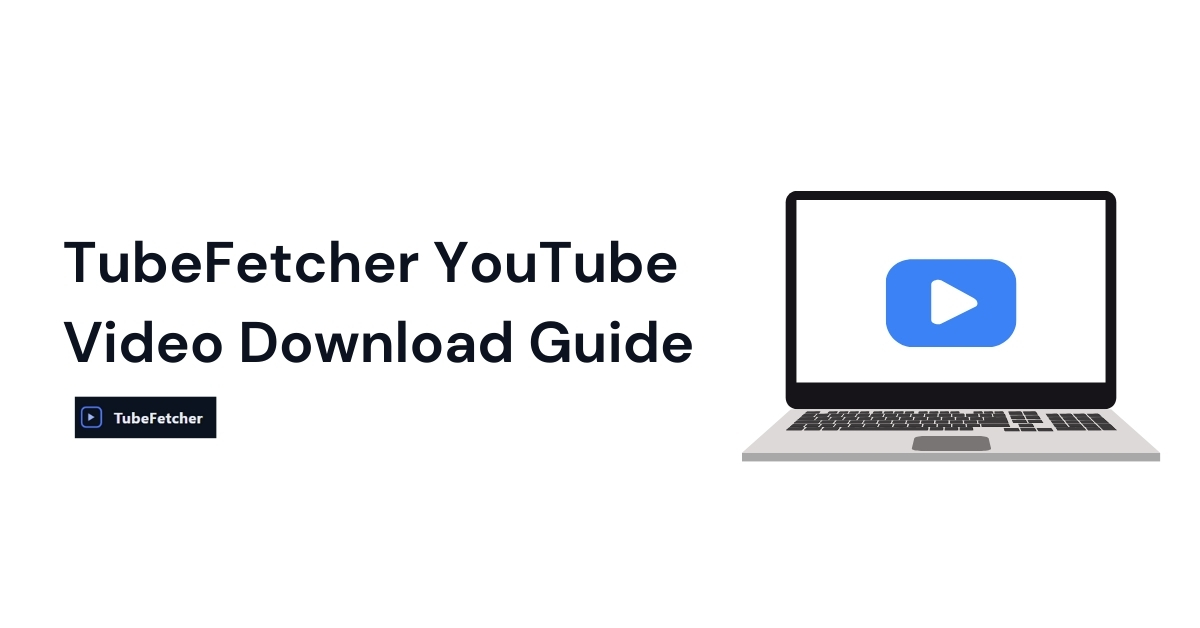Where Do Downloaded YouTube Videos Go on Your Computer?
Downloading a YouTube video might feel instant, but tracking where that file ends up can be a frustrating experience. Different tools, browsers, and devices all follow different logic when deciding where to store your video. For example, TubeFetcher gives users a direct MP4 file saved to their device, while YouTube Premium downloads stay locked inside the mobile app. Understanding where your videos go and why isn’t just about convenience. It impacts how you organize your files, share content offline, or troubleshoot missing downloads. Whether you’re saving content for a research project, a classroom session, or offline access during travel, knowing where YouTube videos are saved makes all the difference. What Happens When You Download a YouTube Video? YouTube video downloads generate different file formats, storage types, and access paths based on how the content was saved. If you used YouTube Premium, the video is saved inside the app using a DRM-locked cache that restricts copying or file system access. The video never appears as a file you can find in a folder. When you use a browser-based tool like TubeFetcher, the download is saved directly to your device in a format such as .mp4. These files are fully accessible, with no browser cache, no hidden folders, and no streaming restrictions. You can rename, copy, transfer, or back them up as you would any other video. Other tools, such as Y2Mate or SaveFrom, use temporary memory (e.g., browser cache or blob format), which can disappear after session timeout or tab closure. In comparison, TubeFetcher downloads remain visible and permanent unless you delete them. Default Download Locations by Device and Browser Most YouTube videos downloaded via web-based tools appear in your browser’s default Downloads folder. However, the location may change depending on your device or settings. On Windows 10/11 By default, videos appear in the Downloads folder unless you selected another directory during the save dialog. Browsers like Chrome, Edge, and Firefox let you customize this path in settings. On macOS Videos typically go to ~/Downloads, accessible via Finder. Safari, Chrome, and Brave may use slightly different paths if you’ve adjusted them under Preferences > Downloads. On Android If you’re using a mobile browser like Chrome or Firefox, downloads usually land in the device’s Downloads folder. YouTube Premium videos, however, remain locked inside the YouTube app and do not appear in any local file manager. On iPhone (iOS) YouTube Premium videos live inside the app under “Library → Downloads.” Videos downloaded using Safari or third-party browsers go to the Files app under “Downloads” or “On My iPhone,” depending on your configuration. With TubeFetcher Videos download directly to a user-visible folder like Downloads/TubeFetcher unless changed during the download prompt. Using TubeFetcher ensures permanent file access without relying on browser memory or session states. Why You Might Not Find Your Downloaded YouTube Video Downloaded YouTube videos may appear missing due to file format issues, temporary storage paths, or browser settings. To avoid this, use a tool like TubeFetcher that saves videos directly to your disk with predictable, user-controlled paths. How to Locate and Organize Downloaded Videos Finding YouTube videos on your device involves checking your browser’s download log, reviewing system folders, and verifying the file format. Understanding YouTube’s Storage Format (Blob, IndexedDB, DRM) Downloaded YouTube videos can end up in inaccessible formats when saved using browser-based tools that rely on blob storage or IndexedDB. A .blob file is a Binary Large Object, essentially a temporary media file stored in memory. Tools like SaveFrom often convert the video into a blob URL, which doesn’t represent a true file on your system. That’s why dragging or renaming a blob-based video file doesn’t work. It disappears once the browser session ends. Y2Mate and similar tools sometimes avoid blob formats and download a proper .mp4, but their behavior can vary by browser or ad blocker interference. Many users assume the video was saved, only to find nothing on the device later. YouTube Premium saves offline videos in IndexedDB, a browser-controlled database. These files are encrypted and sandboxed, meaning they cannot be moved, backed up, or played using any media player outside the YouTube app. While IndexedDB helps YouTube enforce digital rights management (DRM), it also prevents users from accessing their downloads on other platforms or backing them up. In contrast, TubeFetcher stores files in standard, user-selected directories, with no blob URL complications, no IndexedDB sandboxing, and no DRM encryption. This direct file access ensures you can open, move, or transfer your video across devices without restrictions. Download Paths by Tool (Comparison Table) Different YouTube downloaders handle storage paths and file accessibility in drastically different ways. Below is a side-by-side comparison to help identify what to expect from each tool: Tool Storage Path Format Visibility YouTube Premium In-app only (IndexedDB) Encrypted App-only SaveFrom Temporary browser cache/blob Blob/WebM Hidden Y2Mate Browser downloads folder MP4 Visible TubeFetcher User-defined folder (e.g., Downloads) MP4 Fully Visible TubeFetcher stands out by providing fully accessible .mp4 downloads in the folder you choose, without depending on temporary memory or browser quirks. How to Prevent Losing Downloads Again Losing a downloaded YouTube video usually comes down to temporary storage, wrong format, or accidental browser actions. To avoid this in the future: How TubeFetcher Keeps Downloads Visible TubeFetcher was designed to eliminate the mystery around YouTube downloads, with no encryption, no hidden browser folders, and no session-bound files. Instead of locking videos into IndexedDB or storing them in fragile blob memory, TubeFetcher delivers clear .mp4 files to a folder you choose. The downloaded file is yours to keep, transfer, rename, or store permanently, no permissions required. TubeFetcher works reliably across Chrome, Firefox, Edge, Brave, and Safari, making it a dependable tool for creators, students, educators, and professionals. Knowing where your YouTube videos are saved is no longer a guessing game. Get TubeFetcher today and join 100,000+ users enjoying safe, speedy, and hassle-free YouTube downloads. Still Wondering Where That Video Ended Up? Why can’t I find the video I downloaded using an online YouTube downloader? Most browser-based downloaders

